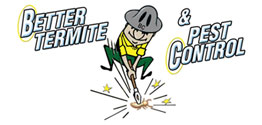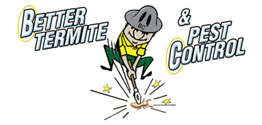There are two main ways to deal with a subterranean termite infestation – the termite barrier and the baiting system. In this article, we will focus on the termite barrier and help you understand its pros and cons.
What is the termite barrier?
A termite barrier is a control method that cuts off the contact between a subterranean termite colony and a targeted building. There are two types of termite barriers – physical and chemical.
Physical termite barriers are built into the foundation of a building during the construction process. They can last up to 50 years and are effective at stopping infestations. However, this barrier can only be installed before the home is built, making it inaccessible to most homeowners.
The alternative is a chemical barrier, which is installed by digging a trench around the home and injecting insecticide into it. The trench is then covered, and the insecticide seeps into the ground, creating a barrier. This barrier is much easier and less expensive to install, but it has a shorter lifespan of 8 years. While this is still enough to provide long-term protection, several barriers may be needed to protect the home over several decades.
What are some alternative control methods?
Barriers can only be used against subterranean termites, so if you are dealing with drywood or dampwood termites, different control methods such as localized treatments and fumigation must be used. The barrier also has the drawback that it will not actually destroy a subterranean termite colony; it will just prevent the workers from reaching certain buildings. To destroy a colony, a baiting system must be used. The problem with the baiting system is that it does not stop an infestation right away – it can take a few months for it to destroy the colony.
Baiting systems and chemical barriers are often used together to immediately stop an infestation in the home and then destroy the colony so it cannot infest other pieces of wood in the area. These control methods can also provide long-term protection after they are installed, ensuring that subterranean termites have a hard time infesting the home.
Both chemical barriers and baiting systems must be installed by a professional who will first perform an inspection to ensure that the species responsible for the infestation is subterranean. For more information about chemical barriers and other termite control methods, or if you suspect you have a termite infestation in your home that needs to be removed, contact us today.




